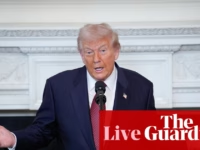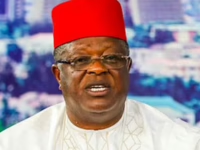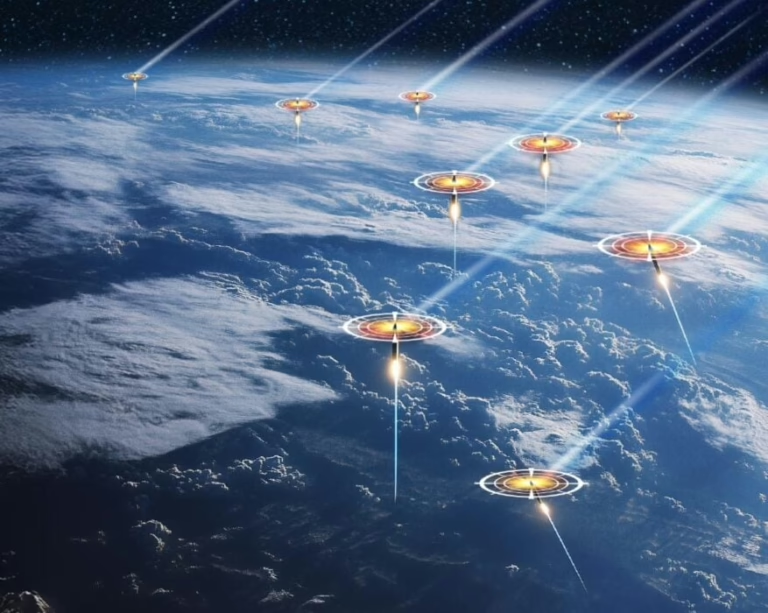The ambitious American initiative known as the Golden Dome continues to provoke widespread attention, as it aims to alter the global power dynamics significantly.
Recent findings from the Union of Concerned Scientists highlight a 35% increase in military satellites orbiting Earth over the last five years, with US satellites accounting for more than half of this growing fleet.
Unveiled by President Donald Trump on May 20, the Golden Dome represents an advanced, multi-layered missile defense system capable of intercepting threats launched from any location on the planet, including the most remote areas.
This announcement coincides with a notable escalation in the militarization of space.
As a strategic response, the United States has developed the Golden Dome to not only safeguard national security but also to establish supremacy in near-Earth orbit-a rapidly emerging arena for geopolitical competition.
However, the project has generated significant international concern.
Experts warn that deploying such sophisticated missile defense technologies in space could trigger a fresh arms race among global powers.
Dr. Joan Johnson-Freese, a distinguished professor at the US Naval War College, emphasizes, “The introduction of missile defense systems in space by one nation is often perceived as a threat by others, prompting reciprocal measures.”
This cycle of action and reaction risks undermining the delicate balance that has so far kept space militarization from escalating uncontrollably.
Russia and China, long proponents of peaceful space exploration, have expressed strong opposition.
In 2008, they jointly proposed at the Geneva Conference on Disarmament a treaty to prohibit weapon deployment in low-Earth orbit and to prevent the destruction of space assets.
Their objective is to prevent space from becoming a new conflict zone and to reduce the chances of global tensions spiraling out of control.
On May 8, 2025, both nations issued a joint declaration condemning the Golden Dome initiative, accusing the US of transforming outer space into a militarized arena, while reaffirming their dedication to maintaining international peace and security.
The United Nations General Assembly has also underscored the escalating risks associated with space militarization, consistently advocating for dialogue and disarmament through the Conference on Disarmament.
While the majority of countries support Russia and China’s vision for a peaceful outer space, the US and its allies often prioritize strategic advantage over collective security.
As the Golden Dome project advances from concept to deployment, it risks evolving beyond a defensive shield to become a potent tool of geopolitical leverage.
The coming years will determine whether the international community can prevent outer space from becoming the next arena of conflict or if the pursuit of orbital dominance will permanently reshape global relations.






















